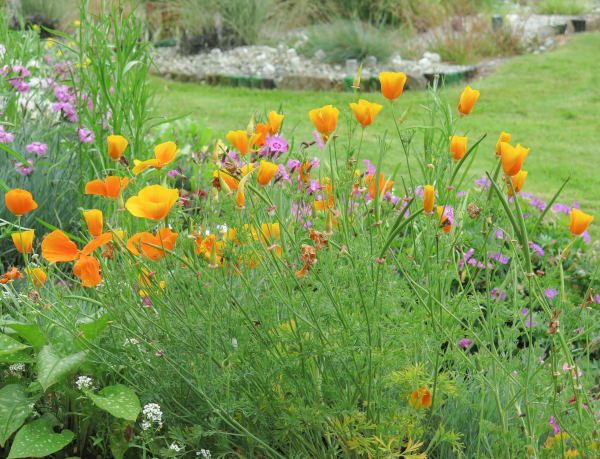How to grow Meconopsis
This member of the poppy family contains around 80 species of annuals, biennials, and short-lived perennials, found growing in moist, shady, mountainous areas, alpine meadows, and woodland, mostly in the Himalayas, Burma, and China.
Meconopsis is valued for its silky, cup shaped flowers in summer, and attractive, often hairy, leaf rosettes. Depending on the species the blooms can be yellow, pink, or, more commonly, brilliant blue.
Meconopsis has a specific set of cultivation requirements which it is important to understand to grow this plant successfully.
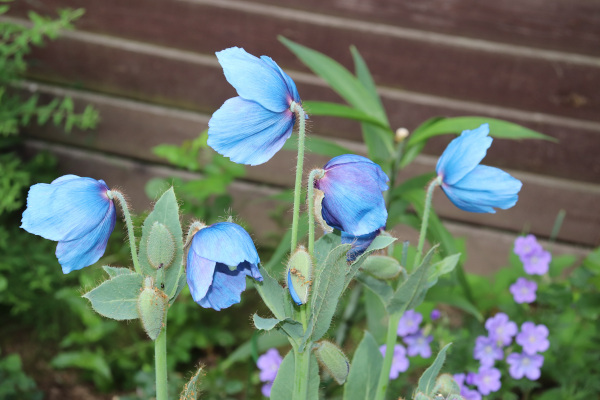
Zantedeschia is a genus of flowering plants from the family Araceae and is native to southern Africa. With a rich history dating back to the Ancient Romans, these deciduous or semi-evergreen perennials have been used as a symbol of celebration. Zantedeschia was Named after Professor Giovanni Zantedeschia, an Italian botanist.
There are two main forms of Zantedeschia: hardy and tender. Hardy forms of the plant can be grown outdoors, enjoy moist soil and full sun or partially shaded conditions - these are known as Arum lilies. Tender forms of Zantedeschia prefer being grown in containers or pots and should be brought inside over the winter - these are known as Calla lilies.
With tuberous flora in all colours from whites, yellows and oranges to deep reds and purples, Zantedeschias are not to be overlooked in any garden, as long as they have sufficient sunlight to grow in.
Ready to learn more about growing Zantedeschia? Read on for all there is to know...

Key Information
Soil pH
Position
Hardiness

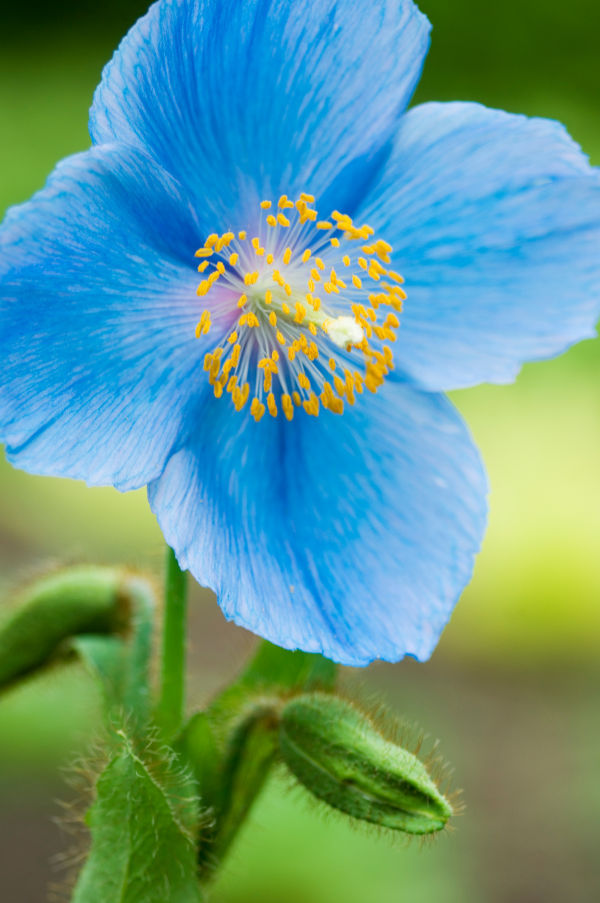
Where & when to plant Meconopsis
Position- Dappled shade
Soil- Moist, well-drained, neutral to slightly acid, rich in leaf mould
Flowering Period- Late spring to midsummer
Hardiness- Hardy
For best results, plant in autumn or spring. An autumn planting can be done by those gardening in mild conditions (and broadly speaking, this is the southern half of the UK). For those liable to very cold and wet winters, it is best to wait until spring (generally the northern half of the UK).
Meconopsis naturally grows where it is exposed to monsoon rains in the summer and covered with snow during the winter. In cultivation terms, this gives it a preference for cool, damp summers and protection from excessive winter wet (a covering of snow keeps the plants beneath quite dry). In the past it has been thought that meconopsis needs an acidic soil, though it is now known to do just as well in a neutral pH.
A moist, woodland garden is ideal, or any reliably damp, shady border. It tends to be easier to provide these conditions in the cooler, wetter, northern parts of the UK, though with careful measures taken (adding plenty of organic matter, ensuring there is shade during the hottest part of the day, and keeping well-watered), success can be had in warmer southern regions as well.
Planting near water such as a pond or stream can be another effective way of providing the moist, humid conditions required.
A quick and easy tool for choosing a suitable location can be to look out for the presence of moss. This shares a very similar set of requirements to meconopsis and can be a helpful indicator of an appropriate spot.
How to plant Meconopsis
- Clear the chosen area of weeds.
- Dig a planting hole several times larger than the root ball. Add plenty of well-rotted organic matter (such as leaf mould or garden compost), and horticultural grit.
- Place the plant in the hole, ensuring the top of the root ball sits level with the surface of the soil. Too low and the plant may rot, too high and the roots can dry out.
- Backfill with soil and firm in gently.
- Soak well with water.
- Mulch around the base, ideally with a pine bark mulch.
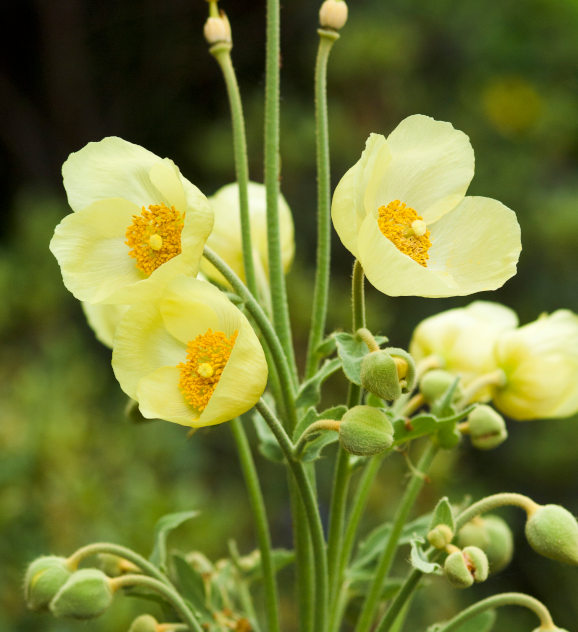
What to plant with Meconopsis
Equally able to thrive in the cool, moist woodland required by meconopsis are plants such as corydalis, dactylorhiza, polemonium, hosta, erythronium, trillium, and some ferns including blechnum and osmunda. A lush, twinkling paradise awaits!
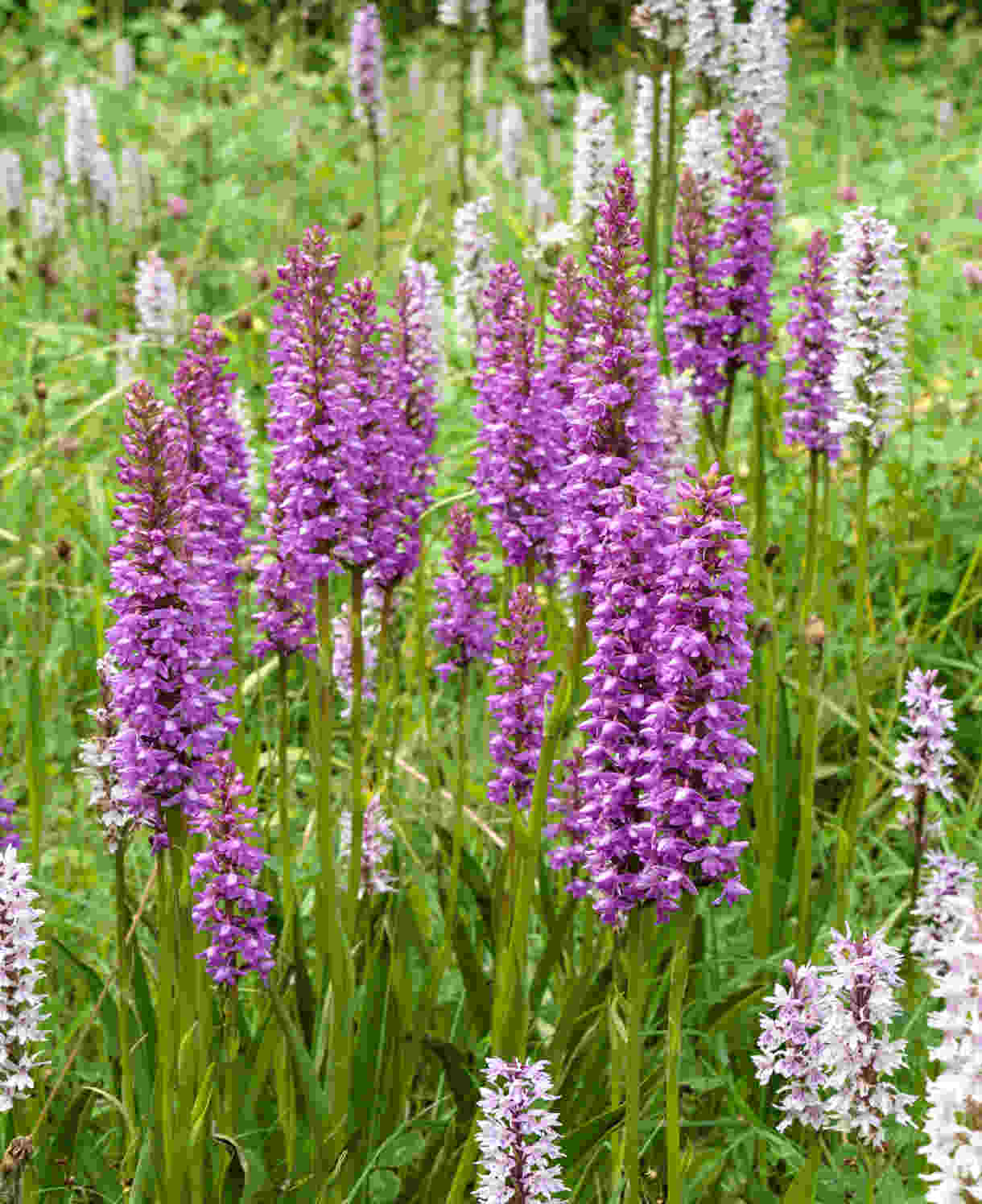
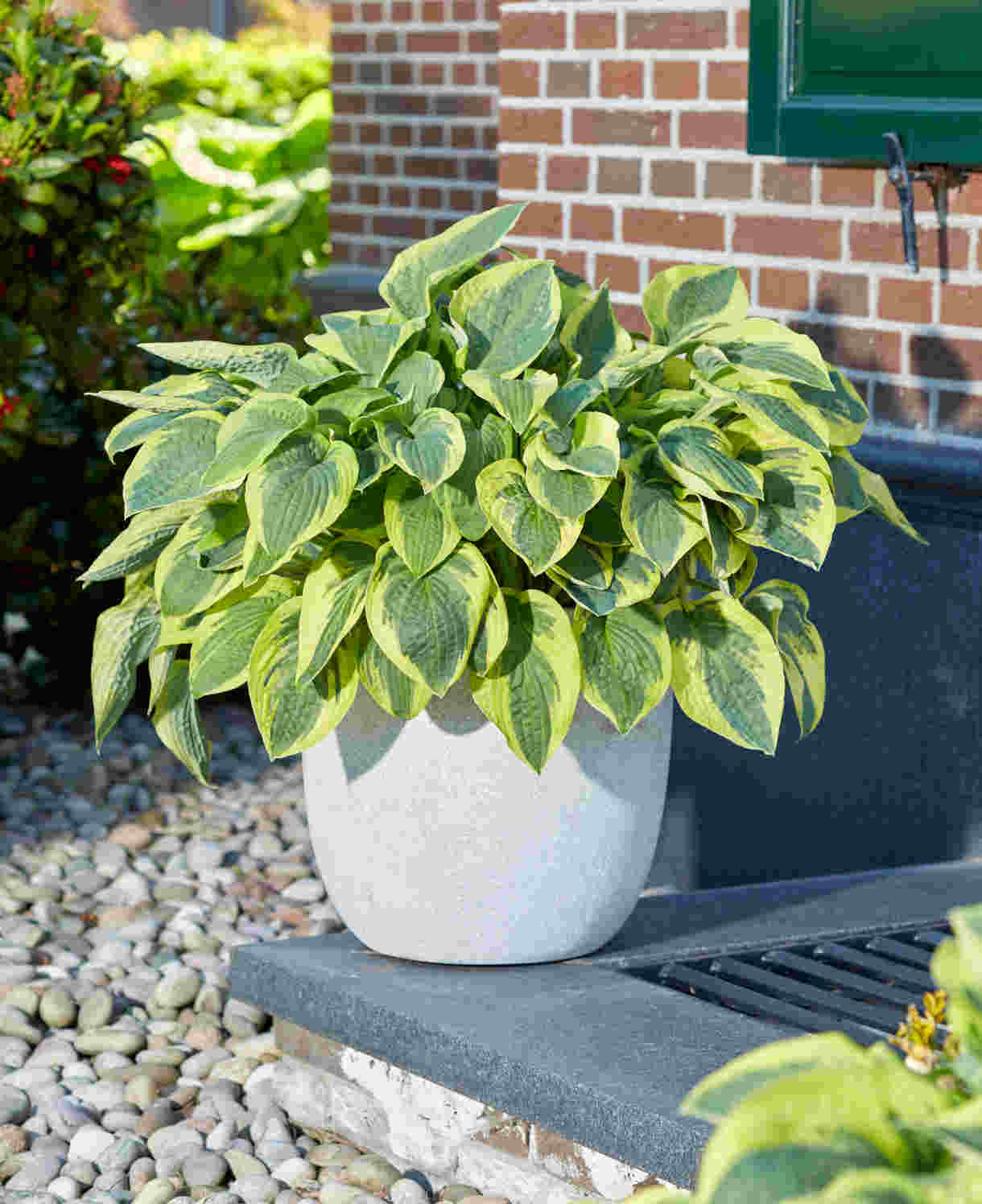
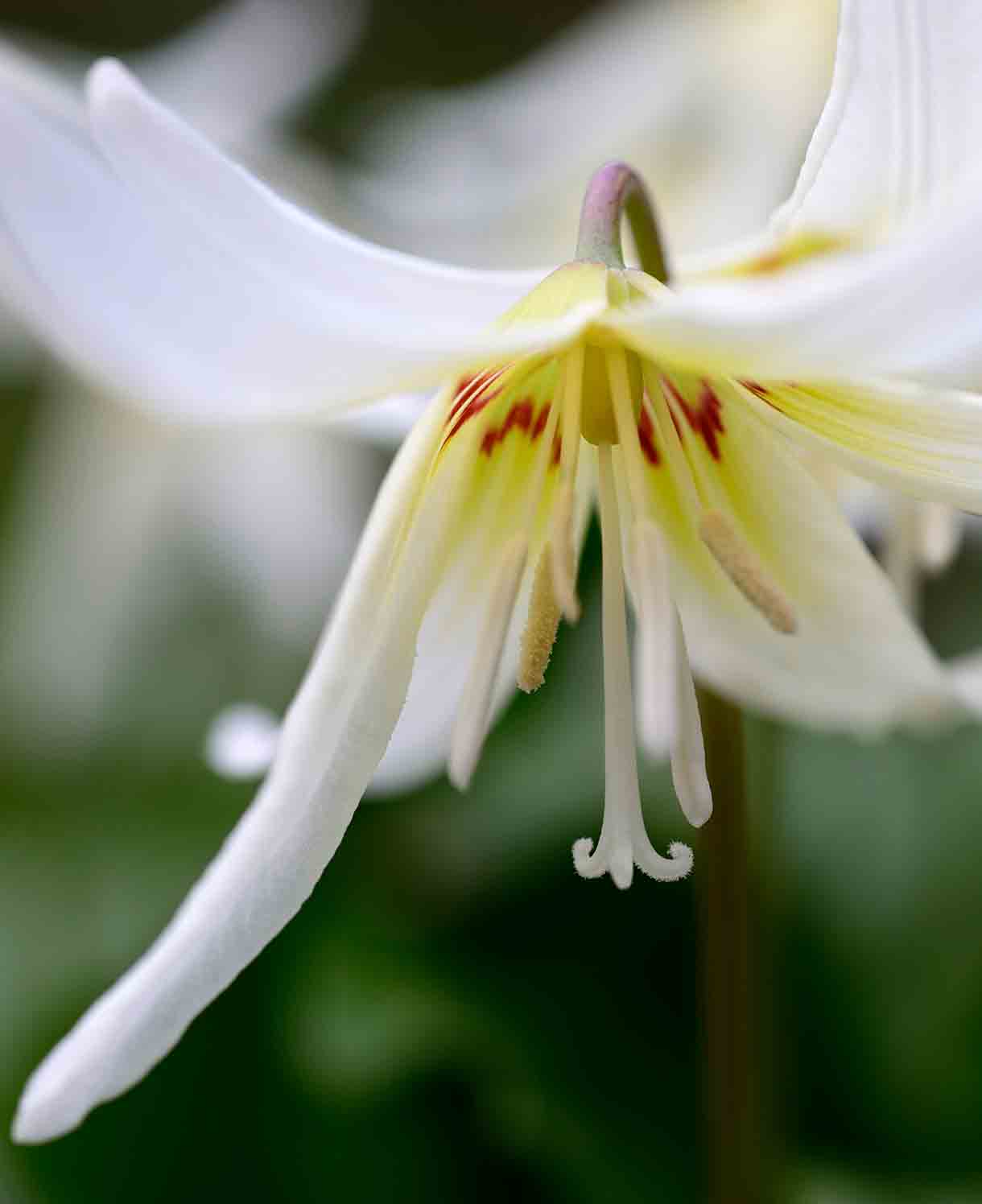
How to care for Meconopsis
Pruning and Deadheading
The species of meconopsis offered by Hayloft all have the potential to flower for several years (rather than the monocarpic species which die after one flowering season). This means it is worth taking special measures to prolong their life, by removing spent blooms before they have the chance to set seed. This will prevent the plants using up valuable energy on seed production, and instead encourage it to be conserved for the following year.
To maximise flowering, some growers recommend removing all flower buds (and therefore not allowing the plant to flower at all), until several crowns have formed. This approach requires herculean levels of restraint and patience and is not for the faint hearted!
Watering
Keeping meconopsis consistently moist is the key to success. Water freely during the growing season (it is impossible to water it too much during summer), ensuring it never dries out. Regular mulching can be a useful ally in locking moisture into the surrounding soil.
Do not fall into the trap of assuming all moisture is good – meconopsis will not tolerate winter waterlogging, so try to ensure soil is open and well-draining enough to avoid this.
Cold Protection
Meconopsis is hardy and should withstand the average UK winter outside without the need for additional protection.
Pests and Diseases
Meconopsis tends to be trouble free, although slugs and snails can be partial to its leaves when newly emerged in spring.
Encouraging natural predators into your garden, such as birds, frogs, toads, and hedgehogs, will make a big difference. Torchlight searches after dark (when slugs and snails are at their most active) are also effective, allowing you to collect the offending molluscs in a bucket. Place on the compost heap, or in a part of the garden containing less vulnerable plants.
Like most plants, once meconopsis is well established it tends to be better able to tolerate the actions of slugs and snails without the need for intervention.
How to propagate Meconopsis
While monocarpic species can only be propagated by seeds, short-lived perennial species (as we offer) can be divided. As well as providing you with new plants, this has the added benefit of increasing the vigour of existing clumps. Division can be done every few years either in mid to late August, or March.
- Choose a day when the soil is not frozen or waterlogged.
- Carefully dig the plant out of the ground.
- Shake off any excess soil.
- Separate the plant into sections by hand (meconopsis is too delicate for slicing with a spade). You can tease into many pieces, each containing one or two rooted shoots, or fewer, larger clumps. The smaller pieces will give you more plants though are likely to take a couple of years to flower, whereas the larger pieces will flower in their first year.
- If dividing in August, cut back existing foliage to around 5cm.
- Replant selected pieces where desired.
- Water well and mulch with pine bark.
Common Meconopsis questions
Can you grow meconopsis in pots?
If you are prepared to water frequently and able to offer a location which remains cool even during the summer months, there is no reason you cannot grow meconopsis in a pot. Remember containers tend to heat up more quickly than the ground, so choosing a spot with midday and afternoon shade is essential. Use a well-draining compost mix rich in leaf mould, and do not allow the plant to dry out.
Does meconopsis need ericaceous soil?
Meconopsis is happy in soil which is neutral to slightly acidic. See ‘When and where to plant meconopsis’ section above for more details.
Is meconopsis hard to grow?
A reputation as being tricky stems from the distinct set of cultivation requirements, as set out above. Like any plant, it can take time, trial, and error to achieve the correct balance, or you may get it right first time. Whichever – this uniquely special plant is undoubtedly worth the effort.
